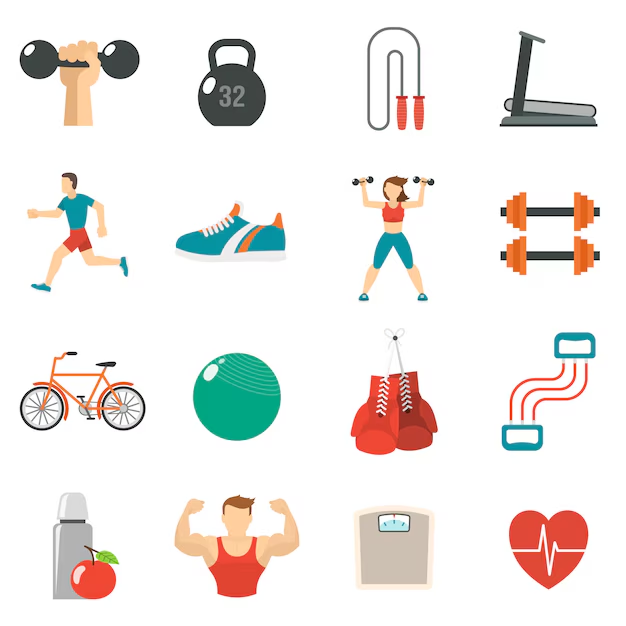The Synergistic Effects of Dance on Physical and Mental Well-being: A Holistic Approach
This article explores the multifaceted benefits of dance, examining its impact on physical health, mental well-being, and social interaction. We will analyze these benefits through the lens of established physiological, psychological, and sociological principles, demonstrating how dance serves as a powerful tool for holistic wellness. Key concepts such as cardiovascular fitness, neuromuscular coordination, stress response mechanisms, and social support networks will be central to our discussion.
1. Cardiovascular Health and Metabolic Function: Dance, particularly forms involving sustained rhythmic movement, provides a robust cardiovascular workout. The increased heart rate and oxygen uptake enhance cardiovascular fitness, mirroring the effects of traditional aerobic exercise. This aligns with the principles of exercise physiology, contributing to improved cardiac function and reduced risk of cardiovascular diseases like coronary artery disease and stroke. Regular engagement in dance improves metabolic function and can contribute to weight management by increasing energy expenditure and fat oxidation. This effect can be understood within the framework of energy balance theory.
2. Neuromuscular Enhancement and Proprioception: Dance requires precise coordination between the brain and body, enhancing neuromuscular coordination and proprioception—the body's awareness of its position and movement in space. This is especially beneficial for maintaining balance and preventing falls, particularly among older adults. The improvement in motor control and balance reflects the principles of motor learning and neuroplasticity, where the brain adapts and strengthens neural pathways through repetitive practice. Dance techniques, such as those found in ballet, further develop strength, flexibility, and postural alignment, leading to improved musculoskeletal health.
3. Stress Reduction and Emotional Regulation: Dance facilitates stress reduction through the release of endorphins, natural mood boosters. This aligns with the principles of psychoneuroimmunology, showcasing the interconnectedness between the mind, body, and immune system. The rhythmic movement, combined with the often-expressive nature of dance, provides a cathartic outlet for managing stress, anxiety, and depression. This aligns with stress-coping strategies emphasized in psychological interventions.
4. Cognitive Enhancement and Neuroplasticity: Learning and performing dance routines engage various cognitive functions, including memory, attention, and executive function. This mental stimulation contributes to cognitive reserve, potentially delaying or mitigating cognitive decline associated with aging. This resonates with cognitive reserve theory, emphasizing the brain's ability to adapt and compensate for age-related changes through continued cognitive engagement.
5. Social Interaction and Community Building: Group dance classes and performances foster social interaction and a sense of community. Participation in these settings enhances social support networks, contributing to improved mental well-being and reduced feelings of loneliness and isolation. Social support theory highlights the crucial role of social connections in promoting psychological resilience and overall health.
6. Self-Esteem and Body Image: Mastering dance skills and expressing oneself creatively through movement can significantly boost self-esteem and improve body image. The improved physical fitness and confidence contribute to a positive self-perception. This is consistent with the principles of self-efficacy and social cognitive theory, emphasizing the role of self-belief and positive feedback in shaping behavior and self-concept.
Conclusions and Recommendations:
The evidence strongly suggests that dance offers a wide array of physical and psychological benefits. Its impact spans cardiovascular health, neuromuscular function, stress management, cognitive function, social well-being, and self-esteem. From a public health perspective, promoting dance as a form of physical activity can be a highly effective and engaging strategy to improve population health. Further research should focus on developing tailored dance programs for specific populations (e.g., older adults, individuals with chronic conditions) to maximize its effectiveness and accessibility. Longitudinal studies are needed to assess the long-term impact of dance on various health outcomes and to evaluate the cost-effectiveness of integrating dance into existing health and wellness initiatives.
Reader Pool: Considering the multifaceted benefits discussed, how might the integration of dance into various therapeutic and community settings contribute to improved holistic well-being and a more vibrant society?





No comments yet. Be the first to share your thoughts!